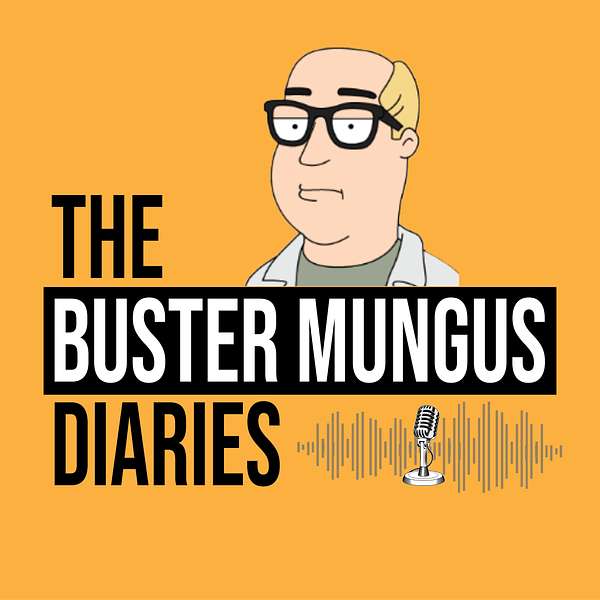
The Buster Mungus Diaries
The Buster Mungus Diaries
Bubblegum Cover Versions
In this episode we look at classic Bubblegum music and those artists influenced by it. The cover version is the highest compliment an artists can make to honour the music that influenced their own musical journey. Each nugget is cleverly paired with a cover version illustrating the relationship that a good song has to its performer.
In this episode we look at classic Bubblegum music and those artists influenced by it. The cover version is the highest compliment an artists can make to honour the music that influenced their own musical journey. Each nugget is cleverly paired with a cover version illustrating the relationship that a good song has to its performer.
Bubblegum pop (also known as bubblegum music or simply bubblegum) is a genre of music with an upbeat sound contrived and marketed to appeal to pre-teens and teenagers, which may be produced in an assembly-line process, driven by producers and often using unknown singers.
Although bubblegum has gained a certain cachet of cool in some circles over the past few decades (while remaining a pop pariah in other circles), during its original heyday it was viewed strictly as fodder for juvenile tastes, pure pabulum for pre-teen people. Furthermore, the music was blatantly commercial at a time when such materialistic goals were deemed unacceptable by an emerging counterculture. Bubblegum music held no delusions of grandeur, nor any intent to expand your mind or alter your perceptions. Bubblegum producers only wanted you to fork over the dough and go home to play your new acquisition over and over to your heart's content (and, no doubt, to your older brother's consternation).
Writing in Mojo magazine, writer Dawn Eden put a finer point on her description of bubblegum music. "From the get-go, bubblegum was a purely commercial genre. Producers like Buddah Records' Jerry Kasenetz and Jeff Katz had no higher aspiration than to make a quick buck and get out.
Eden went on to note, "Power pop aims for your heart and your feet. Bubblegum aims for any part of your body it can get, as long as you buy the damn record."
You could conceivably think of virtually every cute novelty hit, from pre-rock ditties like “How Much Is That Doggie In The Window” to transcendent rock-era staples like “Iko Iko,” as a legitimate precursor to bubblegum's avowedly ephemeral themes. The Royal Guardsmen. They managed a #2 hit in 1966 with “Snoopy Vs. The Red Baron,” a novelty tune based on the funny-looking dog with the big black nose in the Peanuts comic strip. The single combined a campy kid's appeal with a punky bridge nicked without apology from “Louie, Louie.” Although “Snoopy Vs. The Red Baron” and its lower-charting sequels were certainly precursors to the recognized bubblegum sound, Bill Pitzonka insists The Royal Guardsmen were not a bona fide bubblegum group.
===============
Artist: Patti Page
Song Name: How Much Is That Doggie In The Window
Year:
Note: written by Bob Merrill in 1952 and loosely based on the folk tune Carnival of Venice. recorded by Patti Page on December 18, 1952, and released in January 1953 by Mercury Records
--------------------------
===============
Artist: The Crystals
Song Name: Iko, Iko
Year:
Note:
--------------------------
===============
Artist: The Royal Guardsmen
Song Name:Snoopy Vs. The Red Baron
Year: 1966
Note:
--------------------------
===============
Artist: Jimmy Gilmer & The Fireballs
Song Name: Sugar Shack
Year: 1963
Note: Gilmer and The Fireballs were the last American band to chart before Beatlemania hit.
--------------------------
And, of course, there was no shortage of acts in the mid-'60s actively cultivating some aspect of the adolescent market. Herman's Hermits had a string of cuddly hits, with “I'm Henry VIII, I Am” veering the closest to bubblegum, but they were never quite a bubblegum group. The Lovin' Spoonful had a goofy, goodtime vibe all about them, but they were f